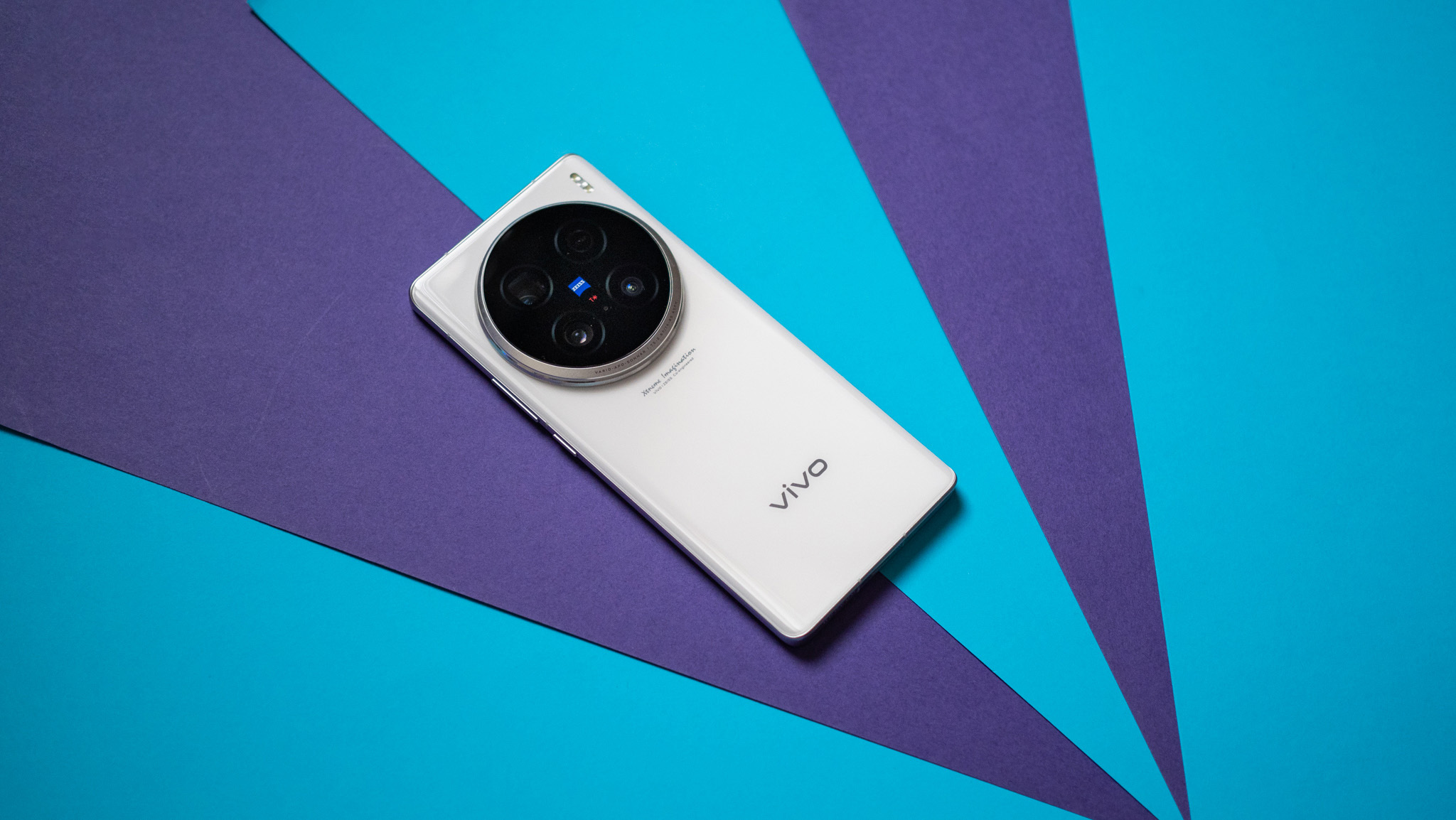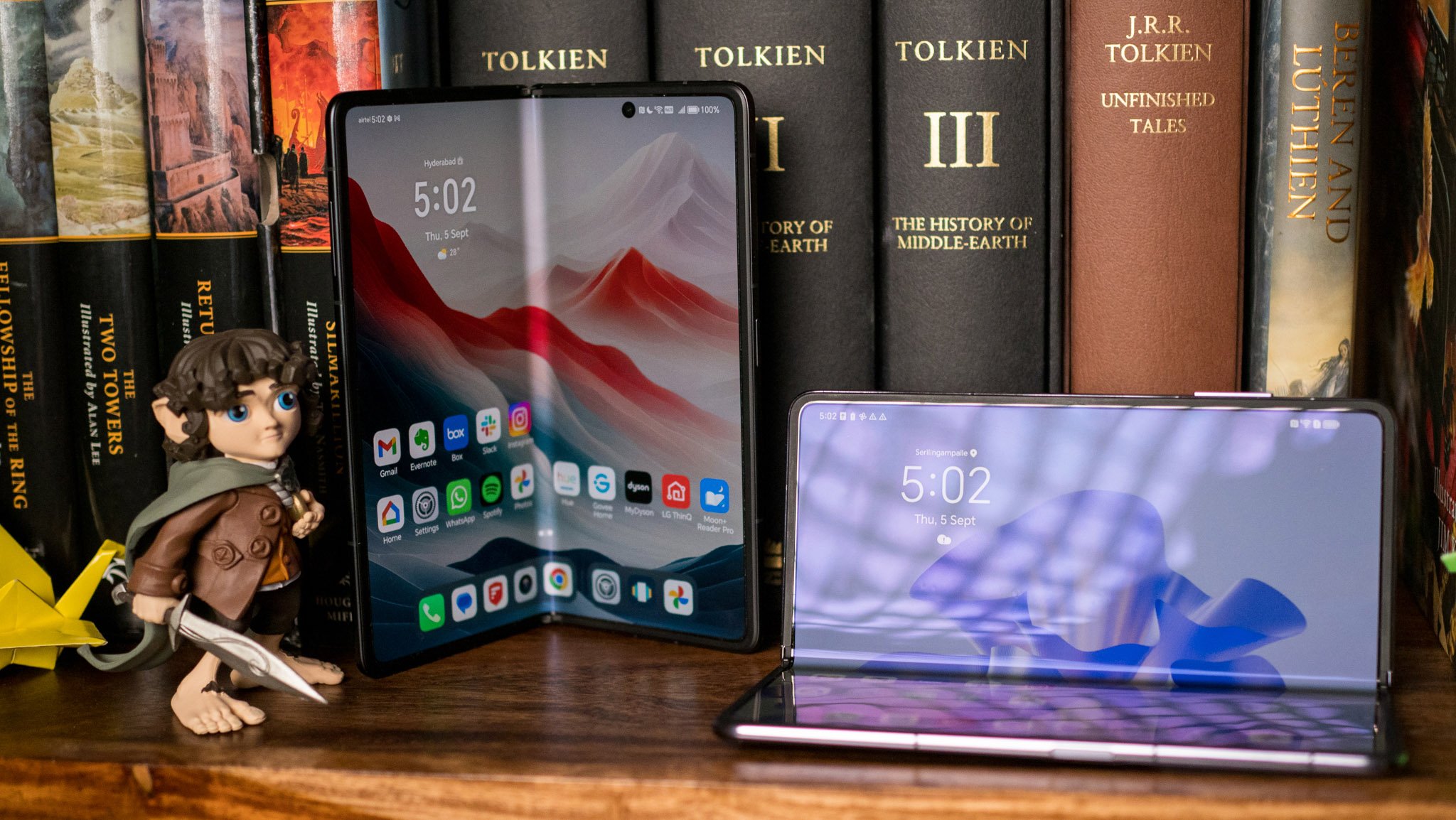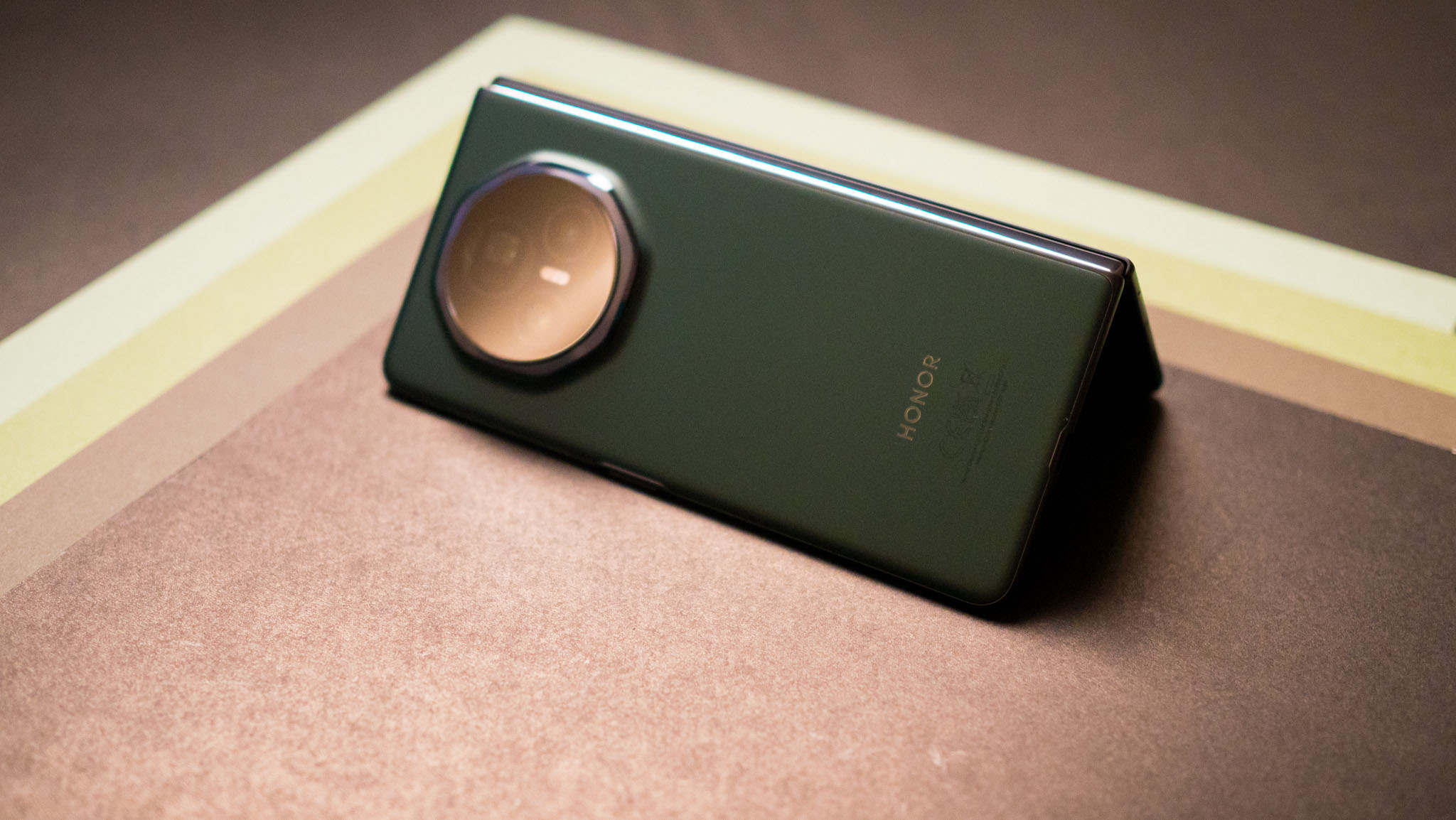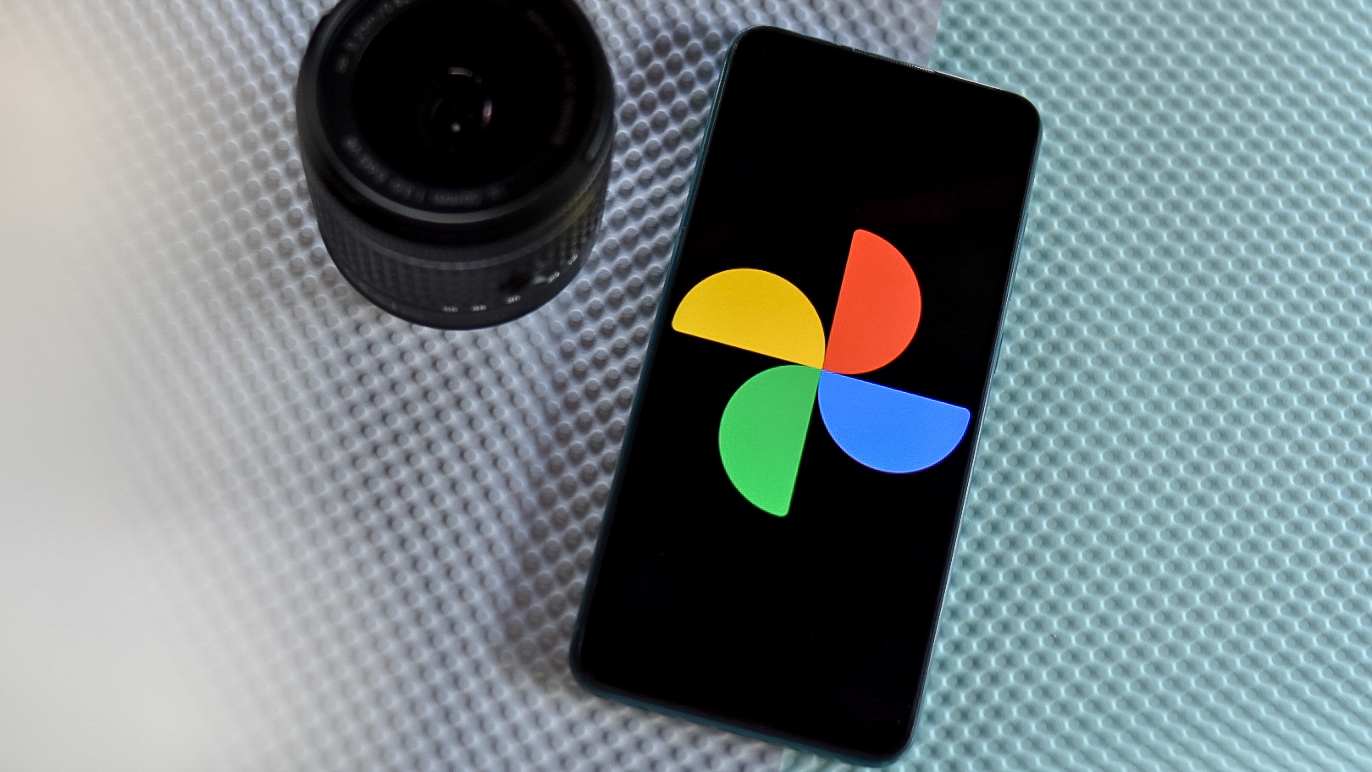Most Android flagships are getting an exciting battery upgrade in 2025
Silicon-carbon batteries are going mainstream, and as always, Chinese manufacturers are leading the way.

Battery life isn't much of a problem on phones any longer, and most phones I tested in 2024 — including budget devices — managed to easily last a day. Foldables usually lag behind candy bar phones, but even on devices like the Honor Magic V3, I managed to get a day's worth of use most of the time.

In Hardwired, AC Senior Editor Harish Jonnalagadda delves into all things hardware, including phones, audio products, storage servers, and routers.
There are exciting changes coming to Android devices in 2025 that should deliver noticeable gains in battery life. Most flagships I used this year came with 5500mAh batteries, and I managed to get a day and a half out of the likes of the OnePlus 12, Vivo X100 Pro, X100 Ultra, Find X7 Ultra, and the Magic 6 Pro.
With 2025 flagships, brands are increasing battery sizes to go up to 6000mAh. The OnePlus 13 and Vivo X200 Pro come with 6000mAh batteries, with the Magic 7 Pro featuring a 5850mAh unit, the Xiaomi 15 Pro touting a massive 6100mAh cell and the iQOO 13 going up to 6150mAh.
What's interesting about this shift is that even smaller devices are getting in on the action, with the Xiaomi 15 featuring a 5400mAh battery — up from 4610mAh on the Xiaomi 14 — the Find X8 getting a 5610mAh unit and Vivo's diminutive X200 Pro Mini picking up a 5700mAh cell.

The reason behind this upgrade? The switch to silicon-carbon battery tech. At a high-level overview, the batteries on these devices still have lithium-based cells, but they utilize a silicon carbide anode.
Usually, lithium-ion batteries have a lithium metal oxide that acts as the cathode, with graphite or another derivative or carbon acting as the anode. With silicon-carbon batteries, the cathode is still the same, but the anode contains a mixture of silicon and graphite, and this unlocks a host of benefits.
By adding silicon to the mix, you get batteries with much greater density and higher resilience against extreme weather. Honor showcased this to good effect on the Magic 6 Pro, with the device holding its charge even in -20 degrees Celsius.
Get the latest news from Android Central, your trusted companion in the world of Android
As silicon-based anodes have much better density, we get phones with significantly bigger batteries without any noticeable difference in size or weight. The OnePlus 13 includes a 6000mAh battery — 600mAh more than the OnePlus 12 — but it is thinner and 7g lighter. The same is true of all 2025 flagships that use silicon-carbon battery tech.
Other than the advantages around density and performance in inclement weather, silicon-carbon batteries should have better durability, so battery degradation may not be as noticeable even after extended use.

This switch has also led to a change in the construction of the battery itself; most phones these days use a double-cell structure to maximize fast charging, but because of the increased density, silicon-carbon batteries are made out a single cell, so they won't charge as fast.
The OnePlus 13 has a 36-minute quoted charging time to 100%, with the OnePlus 12 able to do the same in 26 minutes. Obviously, the OnePlus 13 has a bigger battery, so it will take longer to charge, but it's telling that it doesn't quite hit the same figures as last year's device. Having said that, the minute difference in charging times is easily offset by all the other gains.
While the tech is making its way to other manufacturers now, Honor has been using it to great effect for two years, and the China-only Magic 5 Pro, Magic 6 Pro, Magic V2, and the recent Magic V3 all use a silicon-based anode to deliver better density and efficiency.
It's good to see other Chinese manufacturers integrate the tech in their own devices, and it will be interesting to see if it trickles down to mid-range devices over the course of 2025. Combined with the gains on offer with the Snapdragon 8 Elite and MediaTek Dimensity 9400, 2025 may just be a terrific year for phone upgrades.
That said, not all manufacturers are getting in on the action. Samsung isn't likely to use the battery tech on the Galaxy S25 series, and I don't see Apple or Google making the switch either. These three brands are at the bottom end of the scale when it comes to battery innovation — whether it's densities or charging tech — so if you're looking to upgrade to a phone that uses the latest battery tech, you'll need to go with a Chinese brand.

Harish Jonnalagadda is Android Central's Senior Editor overseeing mobile coverage. In his current role, he leads the site's coverage of Chinese phone brands, networking products, and AV gear. He has been testing phones for over a decade, and has extensive experience in mobile hardware and the global semiconductor industry. Contact him on Twitter at @chunkynerd.
You must confirm your public display name before commenting
Please logout and then login again, you will then be prompted to enter your display name.
